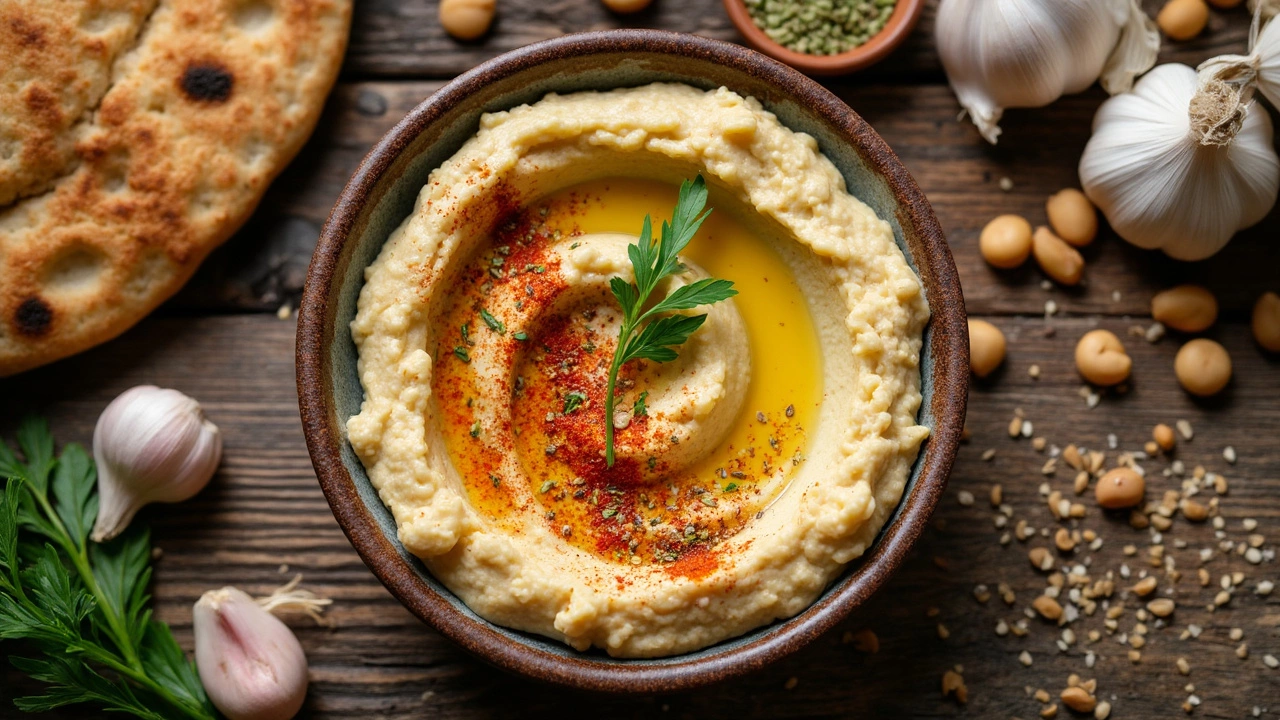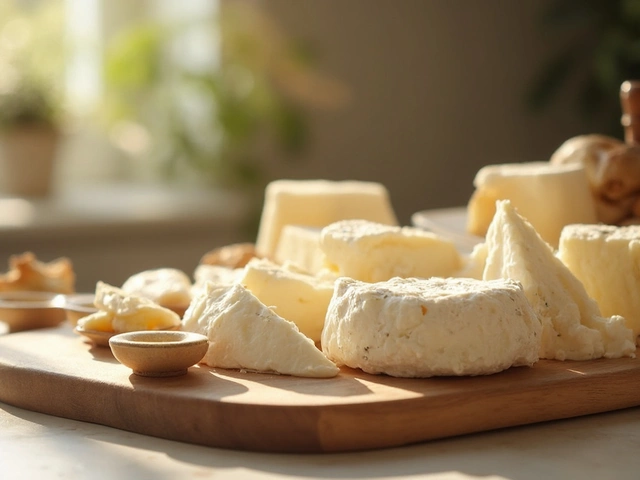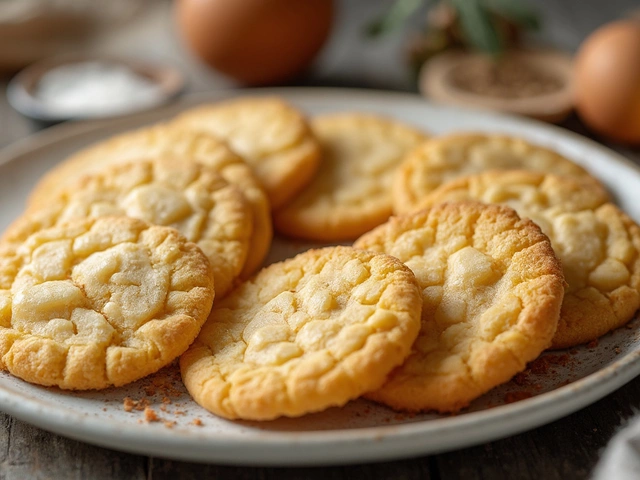Hummus Ingredients: What You Need for a Delicious Homemade Dip
If you’ve ever wondered why store‑bought hummus can taste flat, the answer is often the ingredient list. Making hummus at home is cheap, quick, and lets you control every flavor. Below you’ll find the core ingredients, optional add‑ins, and a few tricks to keep the texture silky.
Core Ingredients You’ll Need
Chickpeas (garbanzo beans) – The base of any hummus. Canned chickpeas work fine, but rinsing them removes excess sodium and gives a cleaner taste. If you have time, cook dried chickpeas overnight and simmer them until soft; the result is even smoother.
Tahini – This sesame‑seed paste adds richness and a nutty flavor. Look for a creamy, well‑stirred jar. A good rule of thumb is ¼ cup tahini for every cup of chickpeas.
Lemon juice – Freshly squeezed lemon brightens the dip and balances the earthiness of the beans. About two tablespoons per cup of chickpeas is a solid starting point.
Garlic – One small clove (or more if you love garlic) gives a punch without overwhelming the other flavors. Roast the garlic first for a milder, sweeter note.
Olive oil – A couple of tablespoons in the blender keep the mixture loose, while a drizzle on top adds flavor and visual appeal. Use a mild extra‑virgin oil for the best result.
Salt – Just a pinch brings out all the other tastes. Add gradually and taste to avoid over‑salting.
Tips to Upgrade Your Hummus
Now that you have the basics, try a few simple tweaks. Adding a teaspoon of ground cumin gives a warm, earthy depth. A handful of fresh herbs—like parsley or cilantro—brightens the color and adds freshness.
For a creamy texture, peel the skins off the cooked chickpeas. It’s a bit time‑consuming, but the payoff is a dip that looks and feels restaurant‑quality.
If you like a bit of heat, stir in a dash of smoked paprika or a pinch of cayenne. For a Mediterranean twist, mix in a tablespoon of roasted red pepper puree or a few olives blended into the mix.
Don’t forget the garnish. A swirl of olive oil, a sprinkle of toasted pine nuts, and a dusting of paprika make the hummus look as good as it tastes.
Finally, store your hummus in an airtight container. It keeps well in the fridge for up to five days. If a thin layer of liquid forms on top, just stir it back in before serving.
With these ingredients and tips, you can whip up a smooth, flavorful hummus that beats any store version. Grab a bowl, dip some veggies, and enjoy the homemade goodness!

Is Hummus Gluten-Free? Everything You Need to Know Before You Dip In
Wondering if hummus is gluten-free? You're not alone. This detailed article explores what goes into traditional hummus, whether all store brands are safe, hidden risks, and tips for those with gluten intolerance or celiac disease. Find out how to pick or make hummus you can actually trust—and get the scoop on hidden gluten traps and restaurant pitfalls.
View More




